7 Rules to Losing a Lot of Weight Quickly
Andrew Holmes (@andrewholmes79) is a fitness and weight loss coach who helps people blast fat and get into the best shape of their lives. In a viral video he discusses two approaches to weight loss, one sustainable and the other not. "If you want to lose a lot of fat very quickly, this is exactly what you need to do," he says. The Body Network asked The Diet Diva, Tara Collingwood, MS, RDN, CSSD, LD/N, ACSM-CPT, a Board Certified Sports Dietitian, to weigh in on his tactics.
1. You Can Lose Weight Rapidly, But It Won't Be Sustainable
If you want to lose weight fast, Andrew suggests fasting "for about 23 hours every day" and replacing meals "with only protein shakes." As for exercise, "get at least seven hours of intense cardio every day," he jokes, revealing that drastic plans aren't sustainable. "So any fat that you did lose is likely going to come right back, plus even more so." Collingwood agrees. "Nothing extreme!" she says.
2. Don't Lose More Than Two Pounds Per Week
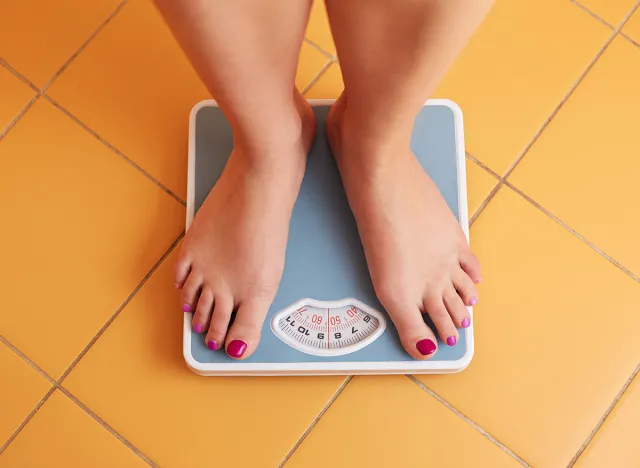
The first rule to "avoid rebounding and keep the weight off for good" is that you shouldn't "lose fat any faster than 0.5 to two pounds per week," says Andrew. Collingwood agrees that this is an excellent pace of weight loss. "If you have a lot to lose, 2 pounds per week might be realistic for you. If you only have a little to lose, even a half pound per week can add up after a month or two," she notes.
RELATED: 7 Surprising Reasons Why You Should Walk 10,000+ Steps a Da
3. Don't Cut Out or Restrict Food Groups
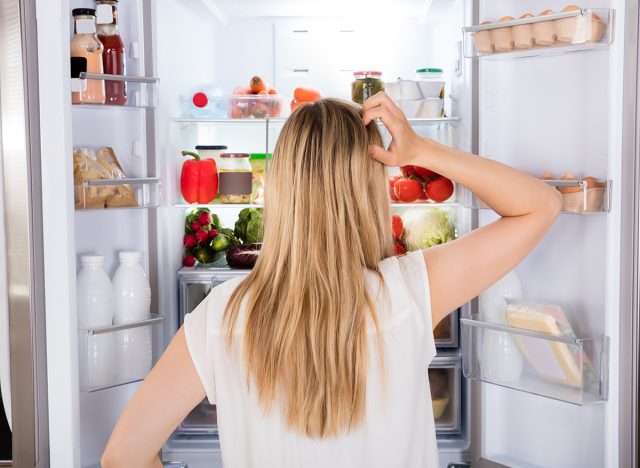
Next, "do not cut out or restrict any food groups," he says. Colingwood agrees with this. "If you cut out entire food groups you are asking for nutritional deficiencies and potentially other health risks," she says.
4. Don't Skip Meals
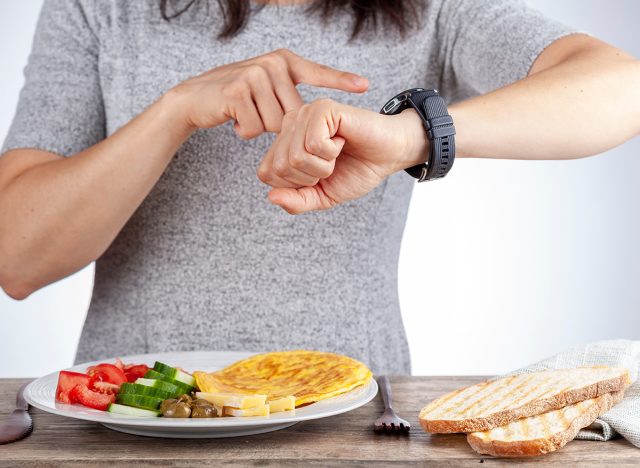
He also advises against skipping meals. "When you skip meals you get ravenously hungry. When you are really hungry, you make bad choices for the next time you eat, you eat too quickly, and you end up eating too much. I would rather you eat but just eat a smaller amount so you aren't starving yourself. Plus, skipping meals can slow down your metabolism, teaching your body to hang on to calories when you do finally get around to eating," says Collingwood.
5. Eat Three Balanced Meals Per Day
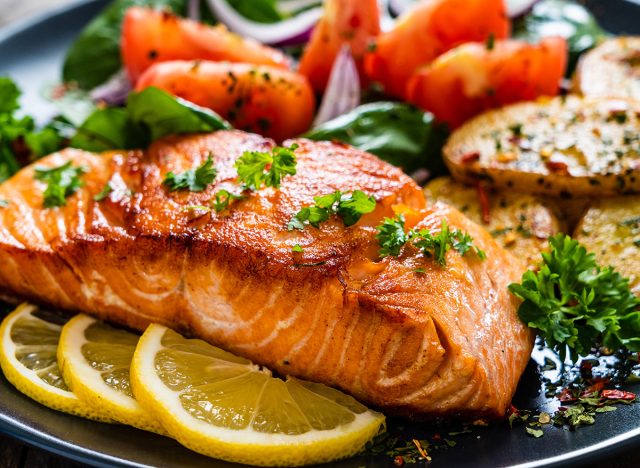
Instead, he says to eat three balanced meals a day. "Well rounded meals keep you satisfied for longer and also provide you with the nutrients you need," says Collintwood. "Your body is happier and doesn't have to go into starvation mode or waste muscle or use protein for energy."
6. Consume 30 to 50 Grams Protein Per Meal
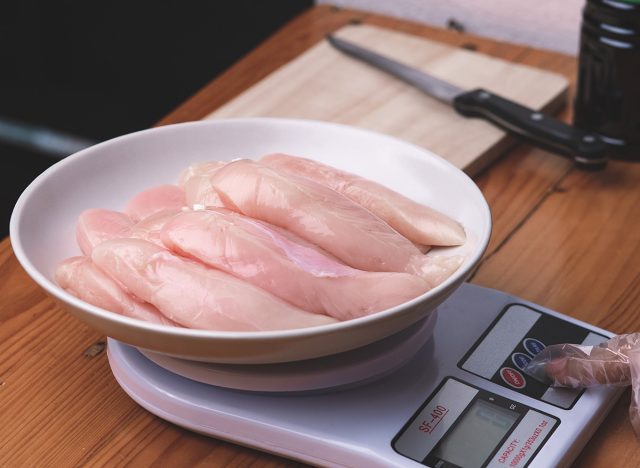
Also, make sure to get at least 30 to 50 grams of protein every meal. Collingwood notes that protein needs depend on body size, gender, and of course activity level. "Most people will benefit from at least 20 grams of protein per meal (women) and 30 grams per meal (men). If that isn't enough for the day, then make up more at snack time," she says.
Related: Denise Austin Shares Workout to "Tone and Tighten Your Thighs"
7. Lift Weights Three Times a Week
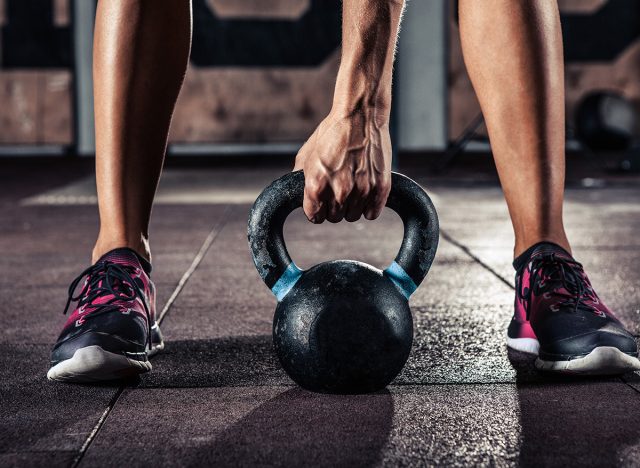
Finally, Andrew suggests lifting weights at least three times per week. "Lifting weights will help you maintain muscle mass when you are losing weight instead of losing it," explains Collingwood. "Plus, the more muscle you have the higher your metabolism and the more calories you burn at rest."
💪🔥Body Booster: If you are losing weight, strength and weight training are extra important. If you don't lift, you will risk losing muscle instead of fat.





